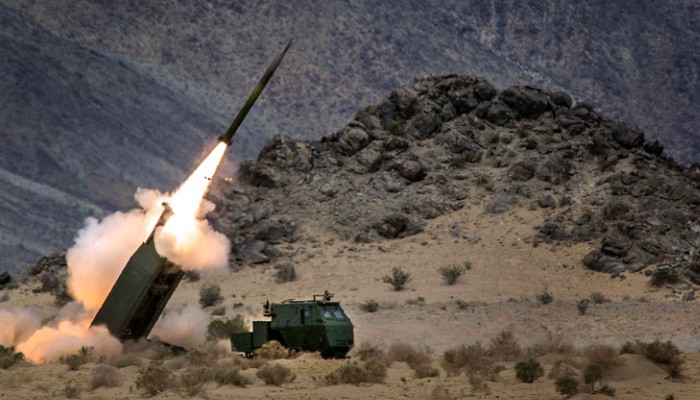Lockheed Martin and U.S. Army Test New Precision Strike Missile: A Pivotal Step in Defense Modernization
 2440 Sunday, 19 November, 2023, 20:48 The U.S. Army, in collaboration with American aerospace giant Lockheed Martin, has successfully completed a critical test of the new Precision Strike Missile (PrSM). This next-generation surface-to-surface long-range precision missile is set to replace the aging Army Tactical Missile System (ATACMS), significantly enhancing the U.S. military’s operational-tactical missile capabilities. The PrSM: A Leap in Missile Technology Broader Implications for U.S. Defense The Future of U.S. Defense Technology |

Syria: 3 killed amid clash during Alawite protest
234Yesterday, 20:35
AI Chatbots Linked to Psychosis, Say Doctors
325Yesterday, 20:06
'Gatekeeper's fall': Hanadala releases photos, documents allegedly from Braverman's phone
357Yesterday, 17:43
Türkiye arrests ISIS member planning New Year attack
99426.12.2025, 13:18
India Is on a Himalayan Building Spree to Prepare for a Clash With China; #The_Wall_Street_Journal
132426.12.2025, 00:48
8 killed in building collapse in Egypt
110225.12.2025, 22:01
Ex-Minister of Defense of Georgia was detained for organizing the storming of the Presidential Palace
101625.12.2025, 21:41
Soon, Google will let you change your account email address
94725.12.2025, 17:29
